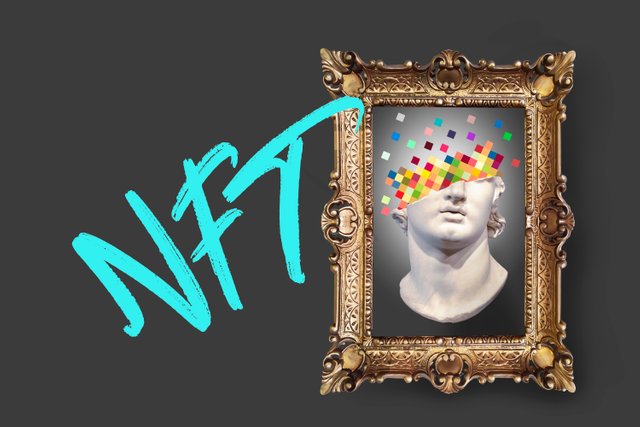
In recent years, a revolutionary development has taken the art world by storm—crypto NFTs. Non-fungible tokens (NFTs) have emerged as a groundbreaking technology, bringing together the worlds of art and blockchain. These digital assets have gained immense popularity, captivating artists, collectors, and enthusiasts alike. In this article, we delve into the phenomenon of crypto NFTs, exploring their impact on the art industry, the underlying technology, and the implications for artists and investors.
Understanding NFTs: The Basics
To comprehend the significance of crypto NFTs, let's start with the basics. NFTs are unique digital assets that exist on a blockchain, usually the Ethereum blockchain. Unlike cryptocurrencies such as Bitcoin or Ethereum, NFTs cannot be exchanged on a one-to-one basis since each token holds distinctive information. This uniqueness makes NFTs ideal for representing ownership of digital or physical items, including artworks, music, videos, virtual real estate, and more.
The Power of Ownership and Authenticity
One of the key driving forces behind the rise of NFTs is the concept of ownership and authenticity. By utilizing blockchain technology, NFTs offer a secure and transparent way to prove the ownership and provenance of a digital asset. The immutable nature of the blockchain ensures that once an NFT is minted, its ownership history is permanently recorded, eliminating the risk of counterfeit or unauthorized duplication.
Empowering Artists and Creators
For artists and creators, the emergence of crypto NFTs has brought about newfound opportunities. Traditionally, artists have struggled to monetize their digital works due to the ease of replication and unauthorized distribution. However, NFTs enable artists to tokenize their creations, allowing them to retain ownership rights and earn royalties every time their work is sold or traded on the blockchain. This groundbreaking concept has revolutionized the art market, empowering artists to explore new revenue streams and connect directly with their audience.
Exploring the Marketplaces
As the demand for NFTs continues to soar, numerous digital marketplaces have emerged, providing platforms for artists and collectors to showcase and trade their digital assets. Marketplaces such as OpenSea, Rarible, SuperRare, and Foundation have gained significant traction, offering a wide range of NFTs across various categories. These platforms have democratized the art industry, enabling artists to reach a global audience and facilitating new ways of engaging with art.
Cryptocurrencies and NFTs
It's important to note the relationship between cryptocurrencies and NFTs. While NFTs are usually purchased using cryptocurrencies like Ether (ETH), they are distinct from cryptocurrencies themselves. NFTs derive their value from their uniqueness and the demand for the underlying digital asset, while cryptocurrencies function as a medium of exchange. Understanding this distinction is crucial in navigating the world of crypto NFTs and their associated markets.
NFTs Beyond Art
Although NFTs have gained significant recognition in the art world, their potential reaches far beyond the confines of traditional artistic expression. NFTs have found applications in various industries, including gaming, virtual reality, music, and even real estate. In gaming, for instance, NFTs allow players to own and trade in-game assets, providing a new level of ownership and interoperability. The versatility of NFTs presents endless possibilities for innovation and disruption across multiple sectors.
The Future of NFTs
The future of NFTs holds immense potential. As the technology continues to evolve, we can expect increased accessibility, improved scalability, and enhanced functionality. NFTs are poised to transform not only the art world but also the broader digital landscape. With advancements in augmented reality (AR) and virtual reality (VR), NFTs could enable immersive experiences where digital assets can be displayed and interacted with in a virtual environment. The intersection of NFTs with other emerging technologies will pave the way for exciting new possibilities.
Conclusion
Crypto NFTs have undeniably sparked a digital revolution in the art industry and beyond. By combining blockchain technology with unique digital assets, NFTs have empowered artists, revolutionized ownership, and introduced a new paradigm of value in the digital realm. As the NFT space continues to evolve, it is crucial for artists, collectors, and enthusiasts to stay informed, adapt to changing trends, and embrace the immense opportunities presented by this groundbreaking phenomenon. The world of art has gone digital, and the possibilities are boundless. Insert the phrase NFT Marketplace for Digital Assets